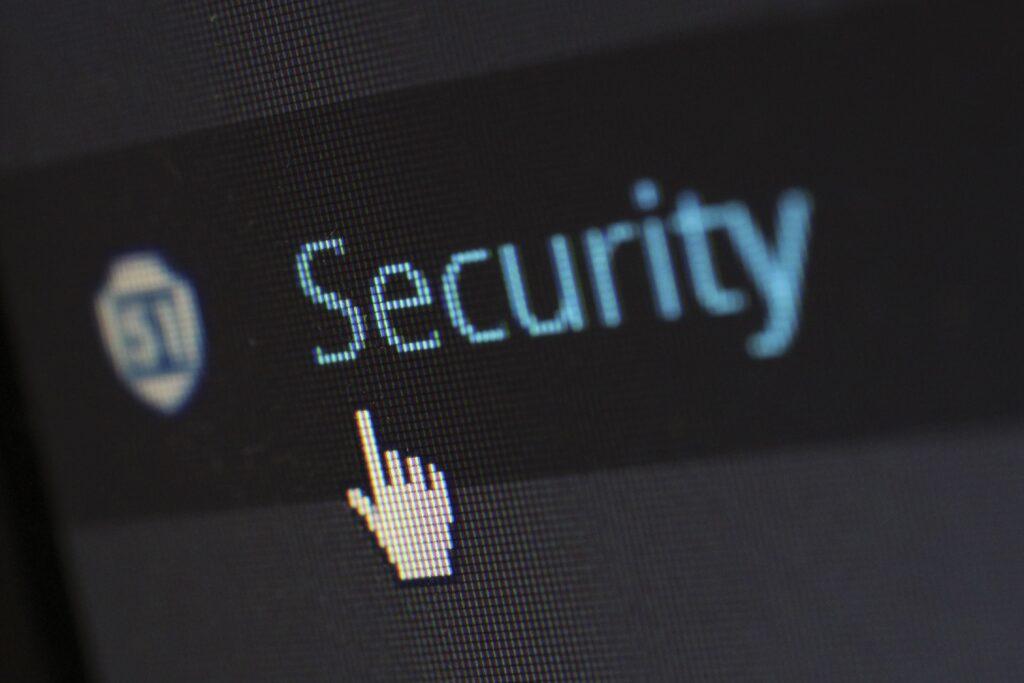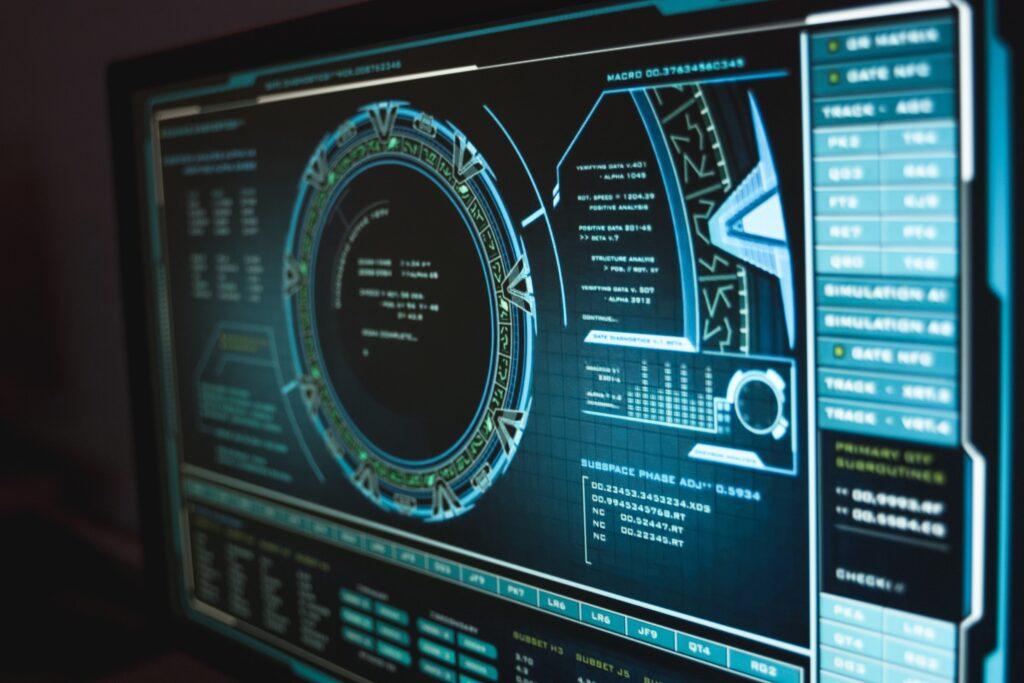How to Protect Critical Infrastructure From Cyber Attack

Cybersecurity breaches are frequently increasing day by day in Critical infrastructure. Daily many news channel headlines appear displaying cyber breaches. In early May 2021, a recent high-profile case happened Colonial Pipeline shutdown; the attack infected the pipeline’s digital system causing the shutting down of the channel for several days.
However, suppliers can possess the solution by understanding the new cybersecurity dangers and a brief activity-essential framework.
What is critical infrastructure security?
Critical infrastructure security is a subject of protection of systems, networks, and assets that require security against cyber attacks.
However, the ongoing trend of IoT devices in industrial sectors is increasing daily, and exchanging of data is becoming easier. On one side, it is very beneficial for all of us to use more and more internet for information exchange, but with these benefits, there are some drawbacks as whatever is connected to the internet can be hacked. Cyber attacks are always in news headlines as they cause massive damage. Therefore we need security against them.
Industrial control systems are pervasive in many areas of critical infrastructure like nuclear power plants, mechanical technologies, jail gates, vessels, and meters.
These systems have minimal computing resources; there cyber security is not considered a severe subject of concern here.
Although, these systems pose several security issues. Their limited processing power makes them very tough to run anti-virus software.
According to security experts, the biggest issue is random malware that can bring down essential systems.
Why is critical infrastructure important?
In the past, we have seen an alarming increase in cyber-attacks and criminal activities targeting critical infrastructure in healthcare, transportation, water supply, and the financial sector. Cyber attacks cause shutting down and damage necessary infrastructures framework. With all these dangers, it has been essential to protect it. Imagine an attack damaged or manipulated the production of a pharma company responsible for producing medicines and equipment for the victims. The results can be devastating, affecting millions of people’s life.
5 sectors of Critical infrastructure Cybersecurity
The Energy service sector
The energy service sector is the most critical sector of today’s era. A steady energy supply system is essential for the well-being and welfare of humans and the economy.
In 2015, a phishing attack took out the energy framework in the country of Ukrainians. It affects 2,30,000 via phishing emails. We must ensure that the power grid is not connected to the internet to prevent it from cyber-attacks; it can only disturbed by physical security loopholes.
The Dams sector
The dams sector supply and maintain water controls in a country, including the creation of hydroelectric power and the agricultural water system of nearby villages. However, In 2016 hackers attacked New York. The criminals access the control system of dams but don’t release the water from the dam. Hence, it could be a massive disaster.
The Financial sector
The financial sector protects our country’s wealth. However, This sector is the most attacked in the world. Hackers attack these sectors for financial gain. Hackers perform all types of attacks they can to breach its system. However, there are many famous cyber attacks in this sector like the Moscow stock exchange, Sberbank cyber attack, TransUnion SA data breach, Rohin cryptocurrency theft, cashMama data breach, and many more.
The water and wastewater system sector
Water is an essential element of our well-being. Properly treated water is necessary for avoiding health issues. Therefore, the drinking water supply is vital for all human beings’ welfare.
In the past, a hacker executed an attack in 2016 on the United States water authority. Hence, The water sector faces many breaches and more attacks around the globe.
Healthcare and public health sector
The health sector ensures safety and health for all citizens of a country. Every country wants to expand its healthcare sector. The healthcare industry is the most attacked industry by cybercriminals because of such sensitive data; however, various organizations are taking cyber security approaches to secure their devices from breaches in this industry.
Recent critical infrastructure attacks
Funky pigeon
On 14 April 2022, a cyber attack occurred, which affected the halting orders of WHSmith subsidiary and funky pigeon (an online card retailer). The company announced no customer data was breached, but they will investigate it for any personal data hack. However, Cyber security consultants say it was a direct data breaching attack to steal information from the system.
Triton malware attack
In 2017, the Triton malware attack was one of the most destructive and dangerous cyber attacks on critical infrastructure in the last several years.
This attack happened in a Saudi petrochemical plant; hackers implied a spear phishing attack; thus, they accessed the plant’s safety instrument system.
Israeli water systems
In mid-2020 Israeli water system was cyber-attacked by a group of hackers. Hence, This attack compromised the water system command and control system, wastewater plants, and agriculture motors.
However, the group exploited the system’s outmoded legacy.
Moderna
In the middle of the covid-19 pandemic, a group of hackers cyberattacked a vaccine development company in China. Hackers find the vulnerabilities in the website and breach them. Although auditing security issues regularly and improving their help, government organizations offer better security.
4. Ways to Prevent Critical Infrastructure Cyberattacks

A new and Modern approach to cybersecurity.
1. Promote a culture of cybersecurity
Eventually, human beings protect your organization.
With phishing and zero-day attacks, your system is compromised when a single employee downloads a file carrying malware, unintentionally gives their credentials to a cybercriminal or neglects to fix or refresh their devices.
However, most cyber-attacks causes because a lack of training, missing protocols, or human mistakes. Thus, it is not only your IT team’s responsibility. Everybody should be prepared for simple assaults and weaknesses and reminded to refresh and secure their devices from cyber attacks. Although, you can also create some events on cyber security or host some cyber games to foster a cybersecurity culture in your organization.
2. Implement cyber hygiene best practices
when you promote a cybersecurity culture in your company, you must adopt some standard protection methods:-
Antivirus:- This software scans your system and detects threats, malicious software’s, and malicious files, and removes them to keep the system safe and secure.
Firewall:- Firewall monitor traffic from the outer world to your system network and filter it to secure your devices from unwanted or harmful files.
Data Encryption:– Encrypt your device data; data encryption converts your plain text into ciphertext ( Encrypted text), which can only be accessible by an encryption key.
Multi-Factor Authentication:– By enabling it, users have to give more evidence other than the password to log into the system successfully.
3. Maintain both digital and physical security
Implementing best practices and encouraging the cyber security culture.
Expanding your cybersecurity team
- Hiring talented and passionate people into the workforce
- Investing in young talent
- Staffing accordingly for boosting cybersecurity.
- Promoting awareness about cybersecurity in employees
Securing physical assets
As digital security physical security can not be ignored.
Physical security protects cybersecurity by restricting access to data storage spaces and vice-versa. Actual security devices connected to the Internet, such as RFID key card door locks, smartphones, surveillance cameras, and printers, are easy targets for cybercriminals.
Numerous client confronting resources, such as charging stations and meters, should be secured to prevent tampering. Consequently, physical and digital security protection must be increased accordingly to safeguard your system.
4. Audit devices, assets, and other network components
You can only improve things that you know, so you must audit all your devices connected to the internet regularly to check vulnerabilities.
- Mobile phone ( including your personal cell phone ).
- printers
- personal devices
- IOT
- Other software
After the Colonial Pipeline and Solar winds attacks, President Biden signed an order to help address the critical infrastructure risk. Hence, Software companies now have to be more transparent about their internal organs through a Software bill of Materials (SBoMS).
Check your system’s vulnerabilities before a criminal does.
Conclusion
In the past, many cyberattacks were increasing daily; this shows us that we must always be prepared. Also, we must check our system vulnerability before a cybercriminal does.
Also, Creating awareness about cybersecurity, auditing your security regularly, detecting threats and applying best practices to strengthen the system. That way, you can reduce the risk of getting hacked.
Frequently Asked Questions
How do cyber attacks affect infrastructure?
Cyber attacks can damage our digital systems, disrupting services accessing physical assets control and damaging equipment without physical attacks.
What is the biggest cyber threat to critical infrastructure?
The Energy sector is the most affected sector by cyber breaches, but there are many more such as healthcare, transportation, and financial sectors.
Why is cyber security essential to the critical national infrastructure?
Solid cyber protection is essential for any organization because of being a critical piece of an economy. Critical infrastructure also contributes to economic growth, as it is necessary for all citizens of a country, such as the energy sector, healthcare sector, and many more. That’s why cyber criminals focus more on them.
What is CIP?
CIP ( Critical Infrastructure Protection standards compliance framework) refers to activities that are used to protect critical infrastructure.
What is Critical National Infrastructure (CNI)?
CNI is a term essential for the functioning of an economy, such as Chemical, agriculture, finance, transportation, telecommunications, Defense, energy, and more.
Read more : Here is the latest Linux Foundation Certification review
Pingback: How To Fix Snapchat Not Working Issue? - TECHINATOR